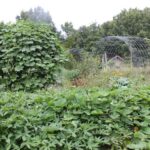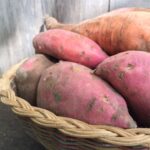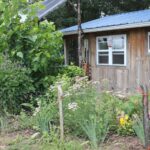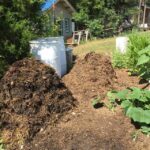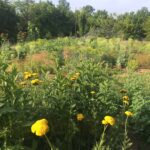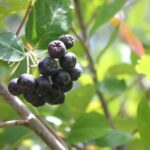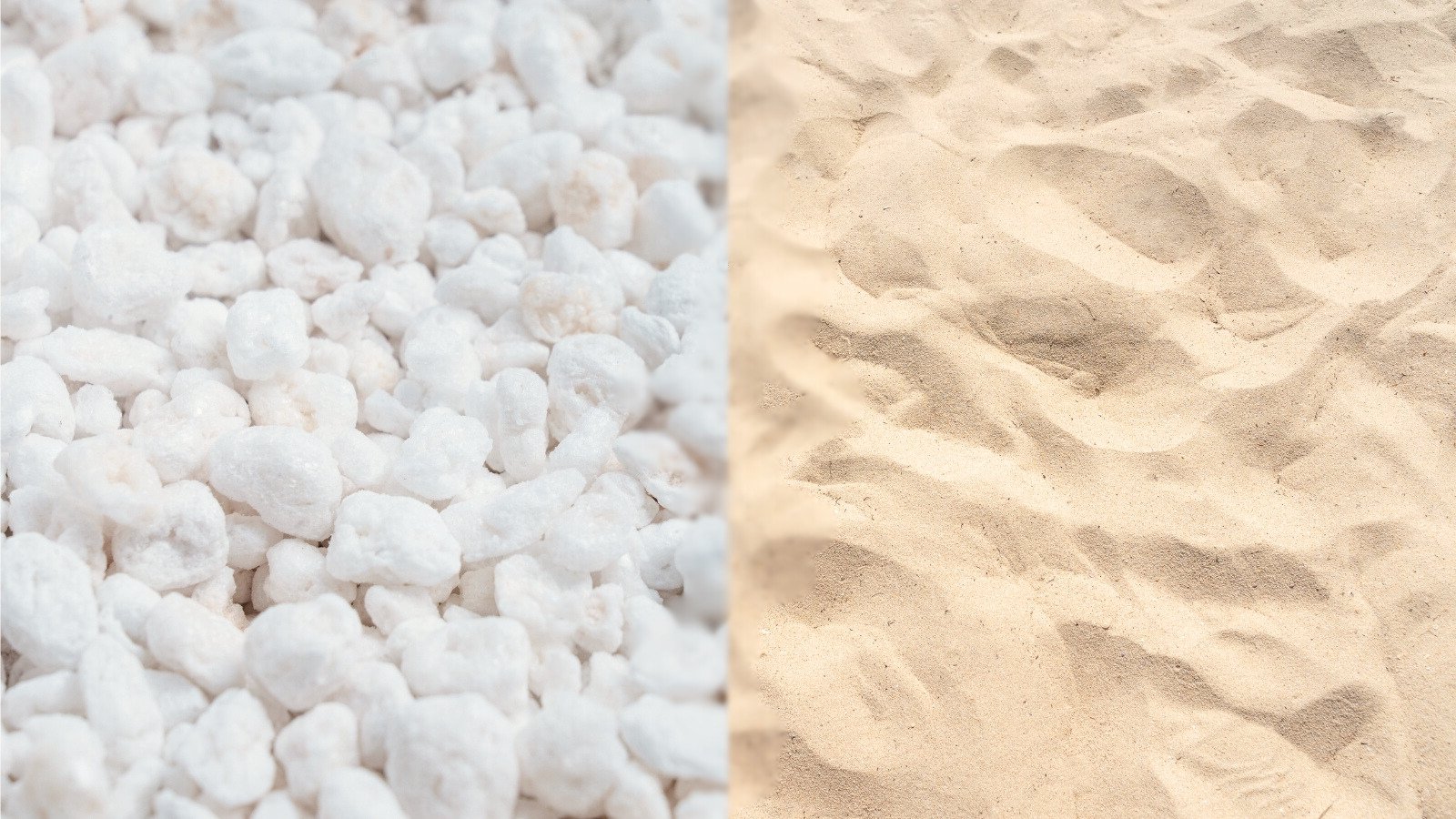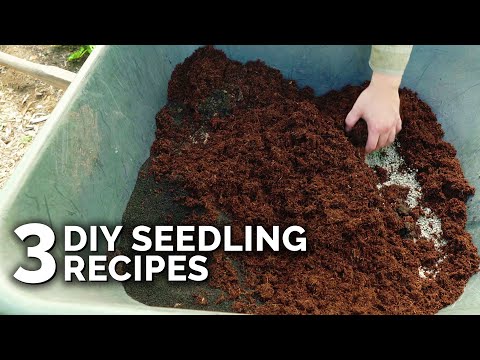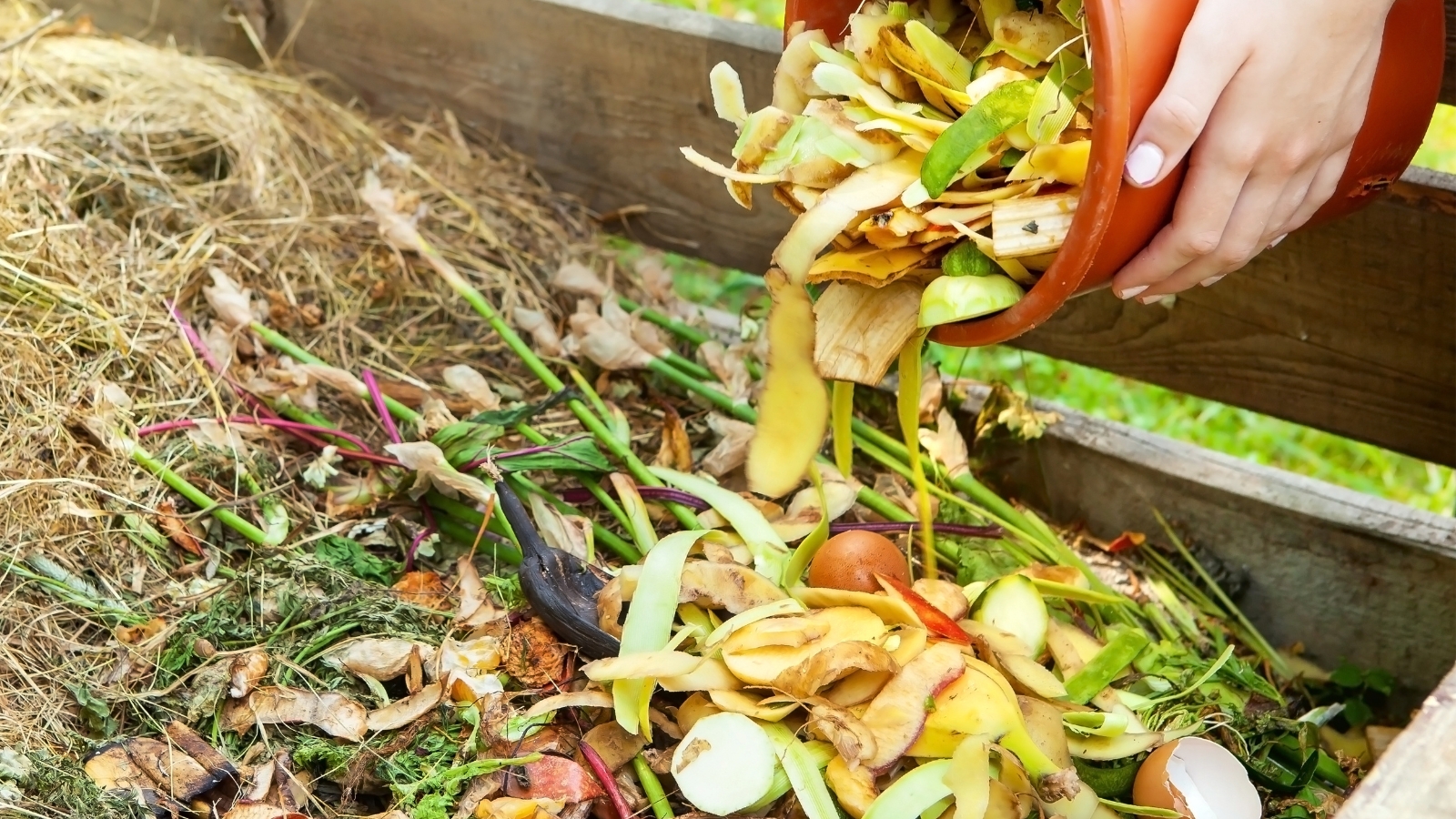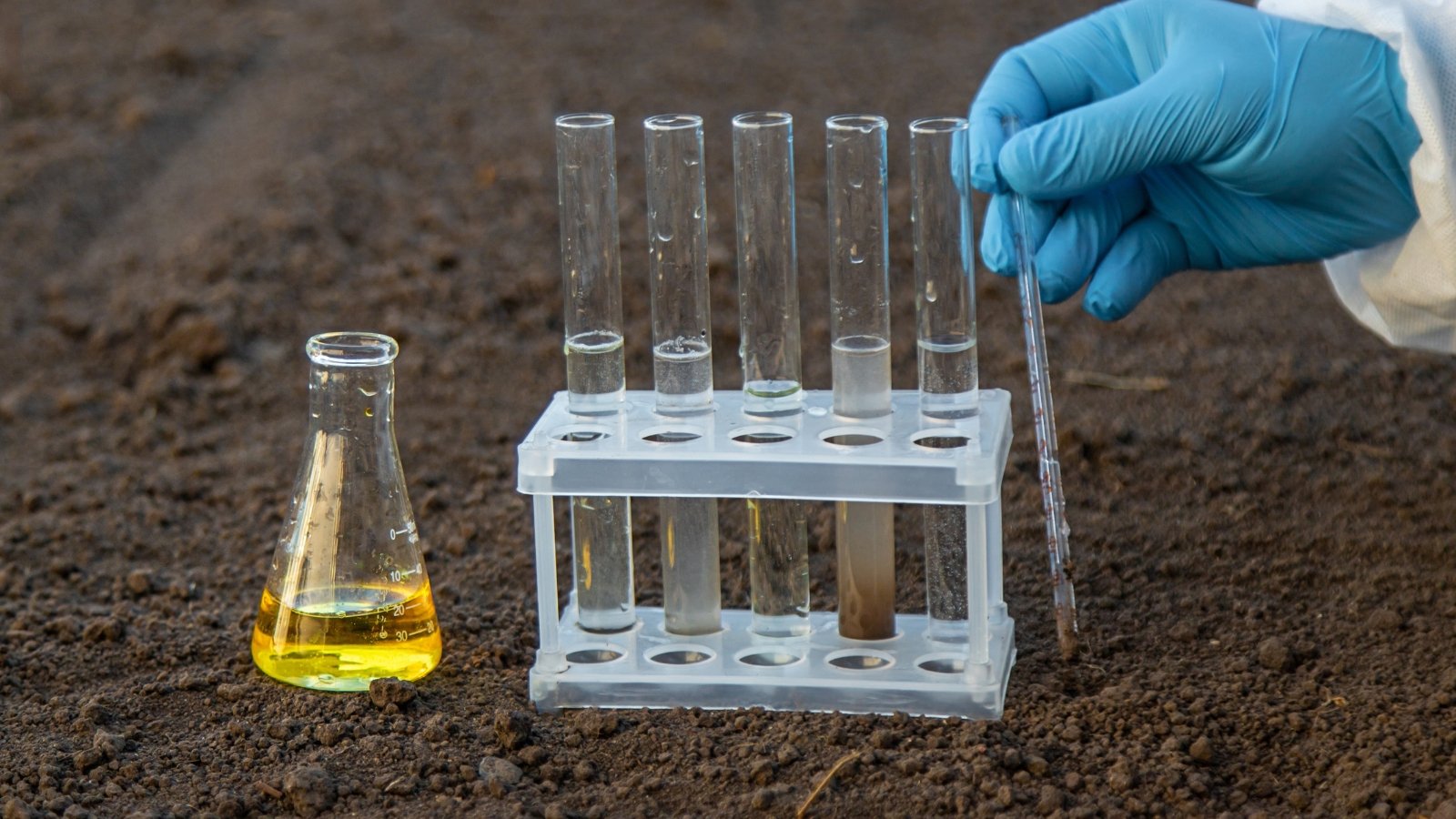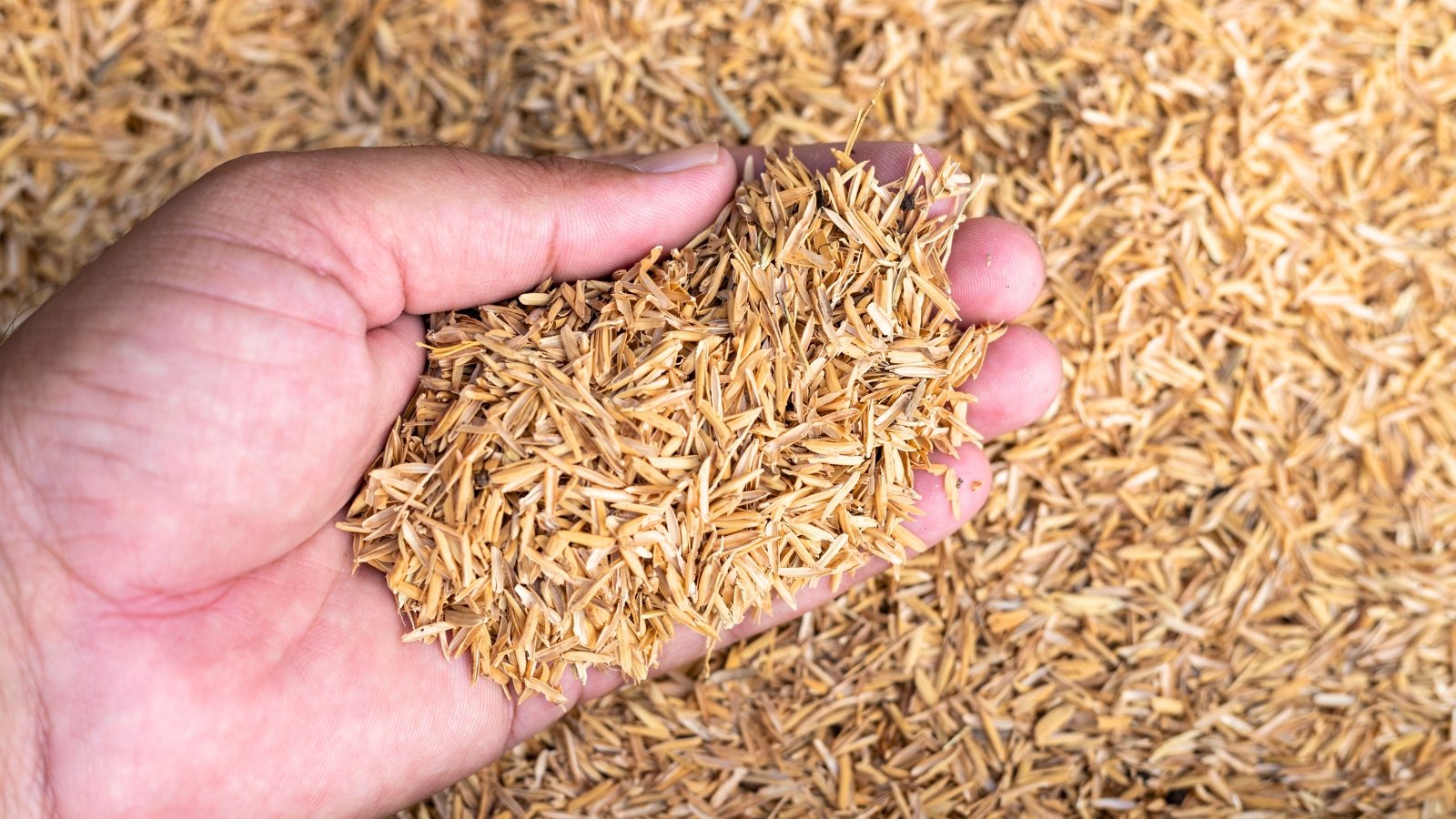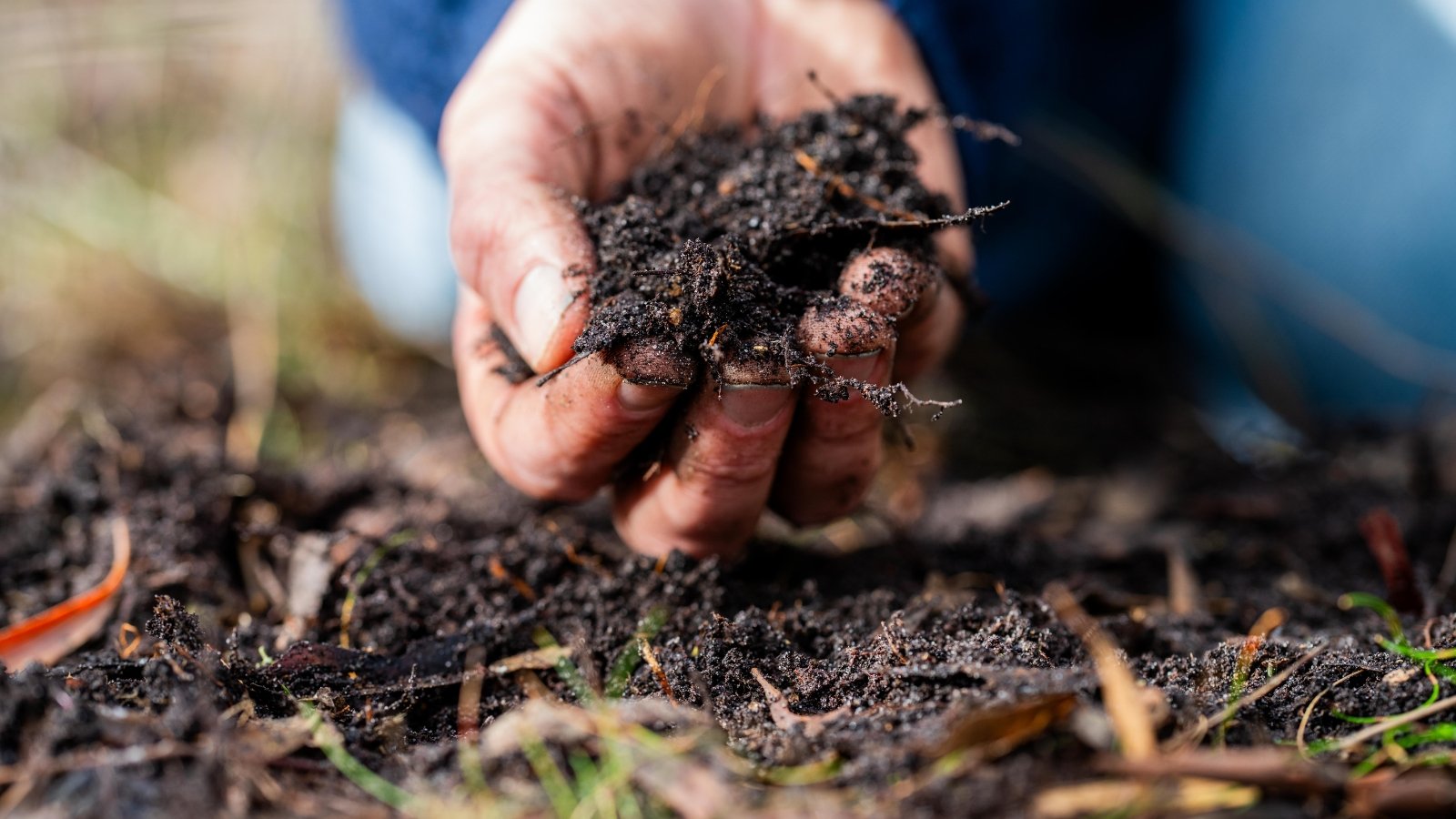Drainage is probably going probably the most very important aspects of plant nicely being. Positive vegetation favor completely totally different drainage ranges, from free draining to soggy. Species that originate in dry climates normally favor well-drained soil, whereas these from moist or swampy ones usually favor soggy or slow-draining filth.
Drainage is tough; together with perlite or sand is the 1st step within the route of making healthful soil. One other provides aside from perlite and sand can forestall compaction. After deciding whether or not or not perlite or sand is more healthy in your yard, we’ll check out totally different strategies to maintain up the positioning for optimum plant nicely being.
The other problem to ponder is the vessel you’re rising vegetation with. Containers, raised beds, and in-ground beds revenue from completely totally different drainage components; each requires completely totally different modification strategies.
No matter your yard setup, we’ll uncover methods and provides for merely bettering drainage. Seize your gloves, amendments, and a shovel. It’s time to get digging!
What’s Perlite?
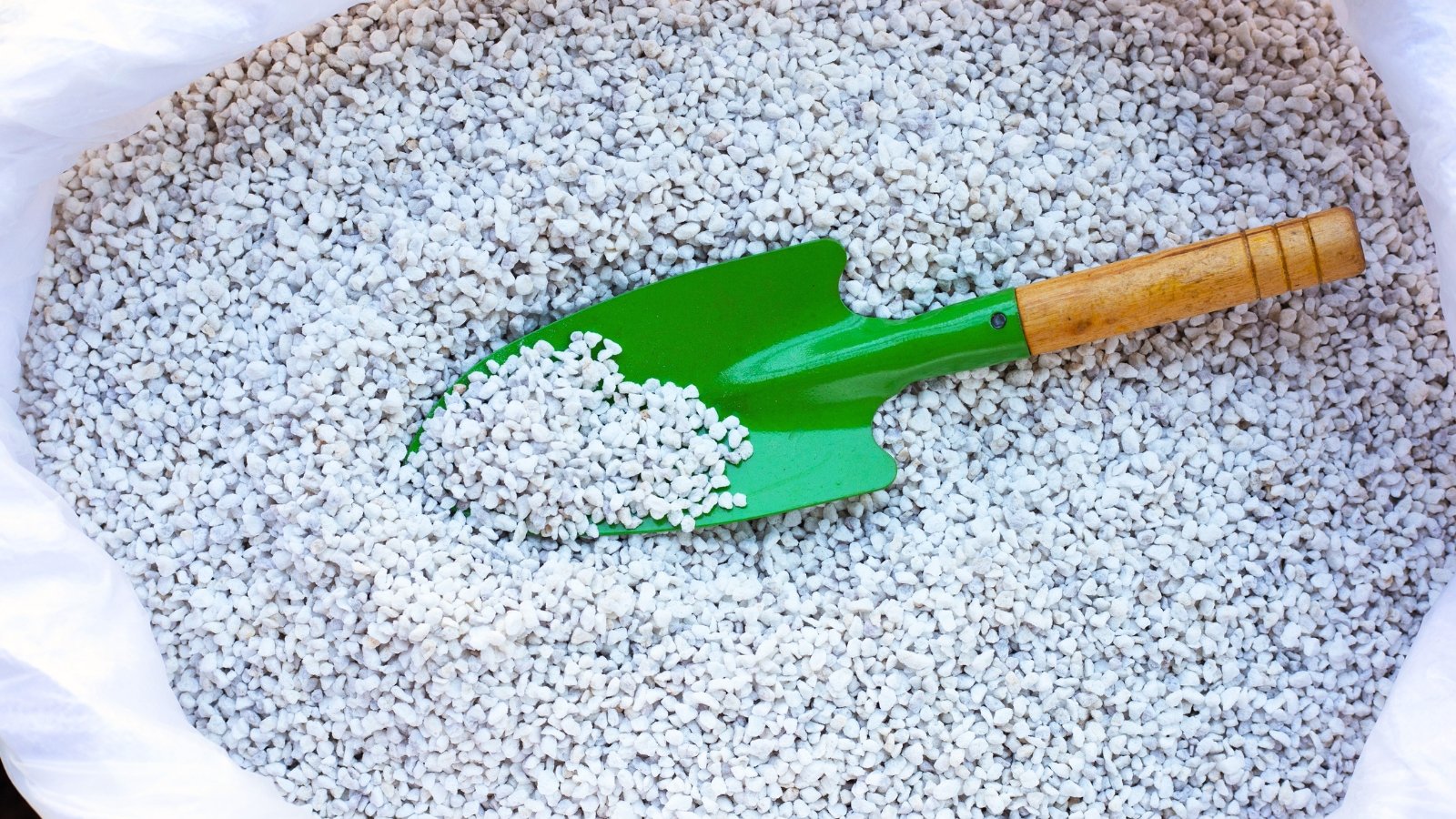

Perlite is all-natural! It’s a volcanic mineral that seems like pumice. Producers break rocks into tiny particles, heat them at extreme temperatures, and drive them to puff up into mild, ethereal chunks. These chunks create the most effective particle for bettering yard drainage—they’re porous, lightweight, and barely absorbent.
Perlite may be extraordinarily low-cost! It’s normally further cheap than totally different merchandise, as a single stone can create a complete lot of perlite particles for horticultural use. Potting mixes use it as a cost-effective drainage half. Some seed starting mixes moreover use it, though they embody tiny perlite gadgets smaller than a pea seed.
What’s Sand?
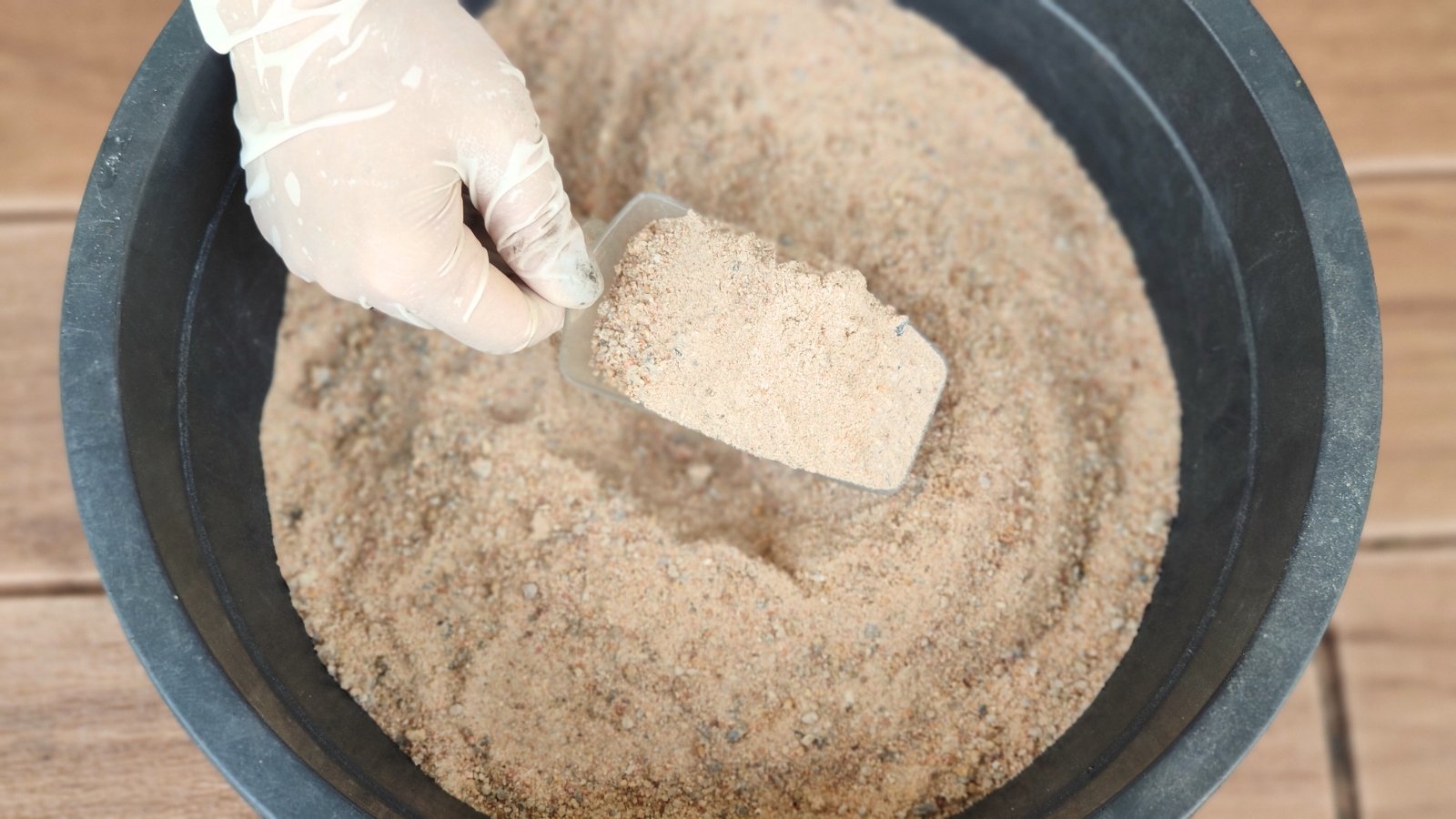

Sand can search recommendation from many different provides. It principally refers to soil particles of a positive dimension. Clay, though it varieties enormous chunks, consists of tiny particles. Silt has medium-sized particles, whereas sand has the biggest ones.
Bigger particles end in larger drainage—they don’t stick collectively correctly! They let water and air circulation freely and don’t take in as loads moisture as silt or clay particles. Most soils have a combination of all three components. Loamy soil contains an excellent mixture of all three kinds; it’s best for rising crops and wildflowers.
Basically essentially the most promising sands for bettering drainage might have the phrases “horticultural sand” or “horticultural grit” on their labels. They embody broken minerals which may be coarse and irregular. En masse, the particles create a free-draining soil with low absorbency. Though they aren’t as free draining as horticultural sand, you may use chemical-free builders or play sand in its place.
Perlite vs. Sand
Now that everyone knows the excellence between the two provides, it’s time to search out out which is best in your yard. They excel in numerous capabilities, from seed starting to amending earlier yard beds. Usually, every perlite and sand are wanted for bettering drainage!
Seed Starting
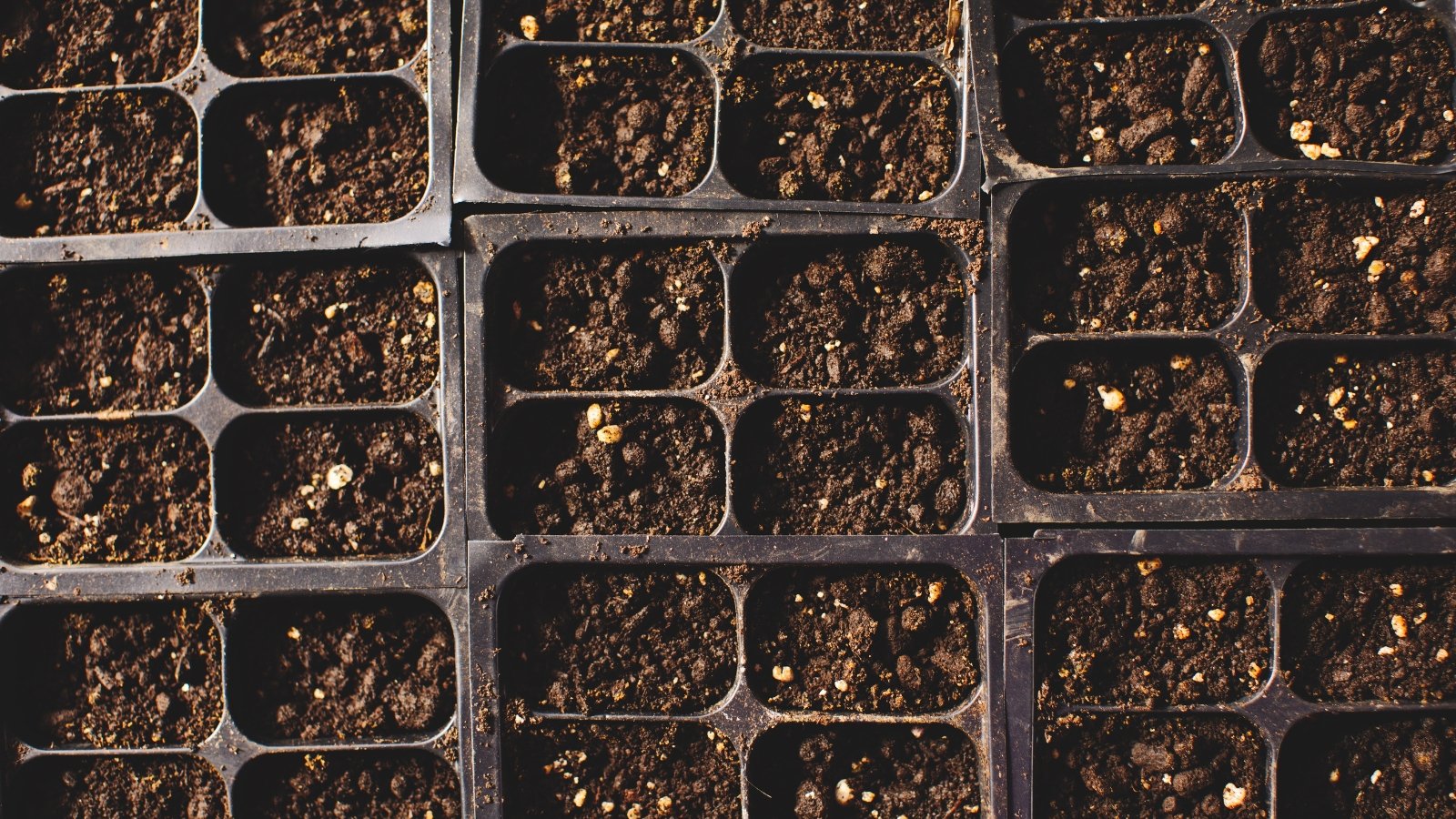

Every vegetable yard begins with seeds! The type of mix you use can considerably impact your seedlings’ nicely being, no matter whether or not or not you’re starting them indoors or out of doors. Among the finest mix for rising seeds is fertile, free-draining, and absorbent.
Most seed-starting mixes embrace perlite or sand everytime you buy them. Chances are high you will add further perlite if the combination seems soggy and dense. In some other case, plant seeds straight into the filth.
Sand isn’t excellent for seed-starting mixes, as a result of it encourages nutritional vitamins and water to empty freely from the containers. Considerably is okay in dense blends, though perlite is the upper chance. Perlite facilitates drainage whereas trapping air and water for plant roots to entry, whereas sand boosts drainage nevertheless doesn’t help absorption costs.
While you’re making a combination at dwelling, ponder attempting this good ratio from Epic Gardening founder Kevin Espiritu and the yard hermit Jacques Lyakov:
- ⅓ pumice or perlite
- ⅓ coco coir
- ⅓ compost, worm castings, and Azomite
Potting Soil
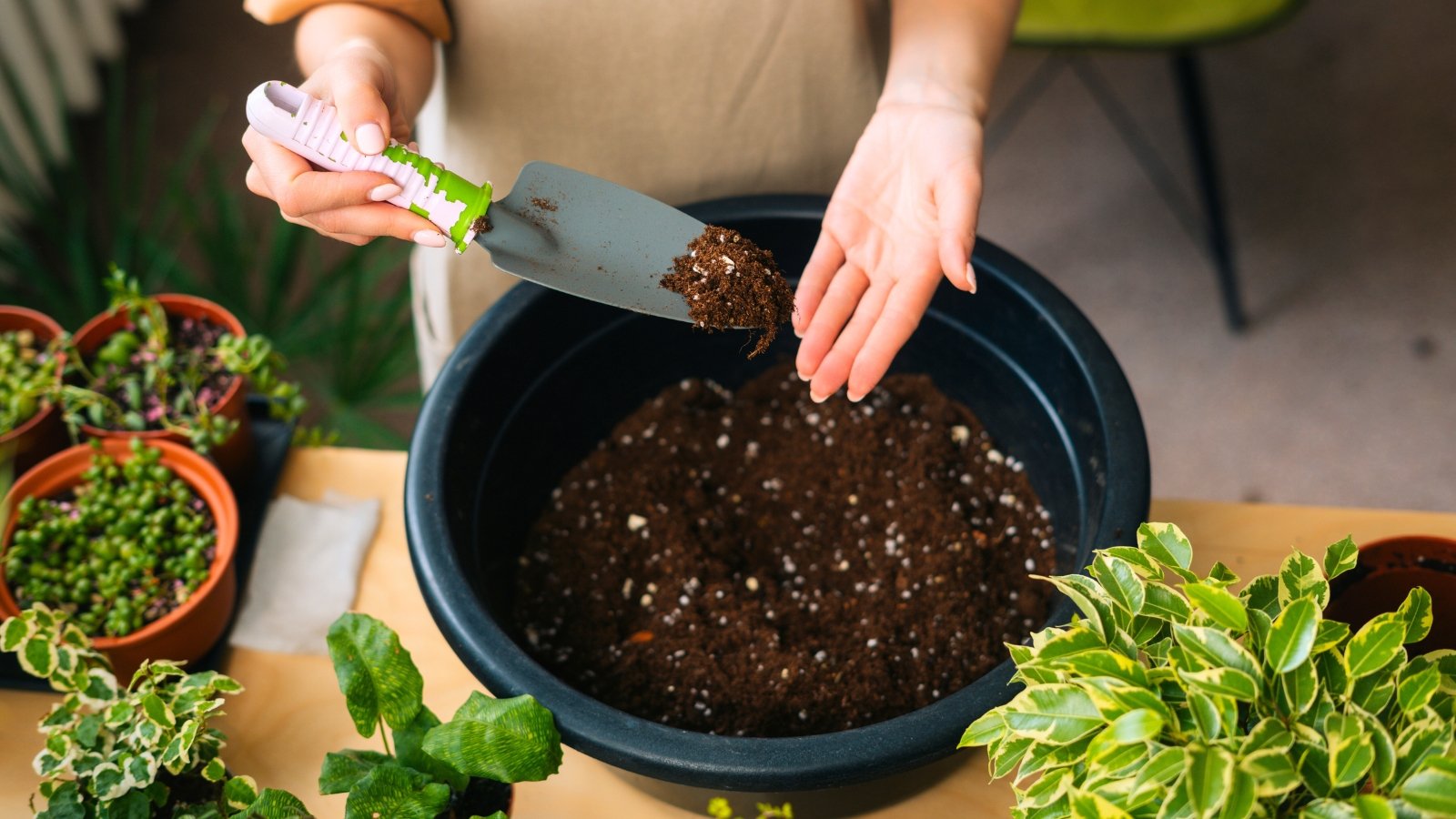

Whether or not or not potting soil is true or not will rely on the vegetation you’re rising. Species that favor dry conditions will revenue from a well-drained mix, whereas others that love moisture favor a lot much less drainage and additional absorbency. Usually, a mix of every sand and perlite creates the right combination.
Retailer-bought mixes usually mixes perlite, peat moss or coco coir, and pure matter like compost. Sand is a unusual half, though it’s further widespread in cacti, succulent, and bonsai blends.
Perlite is best for bettering drainage for houseplants, greens, and seedlings. Sand and perlite work correctly for cacti, succulents, bonsai bushes, and vegetation from dry areas. Stay away from using an extreme quantity of perlite or sand by mixing in considerably at a time until you attain the required consistency.
Raised Beds and Containers
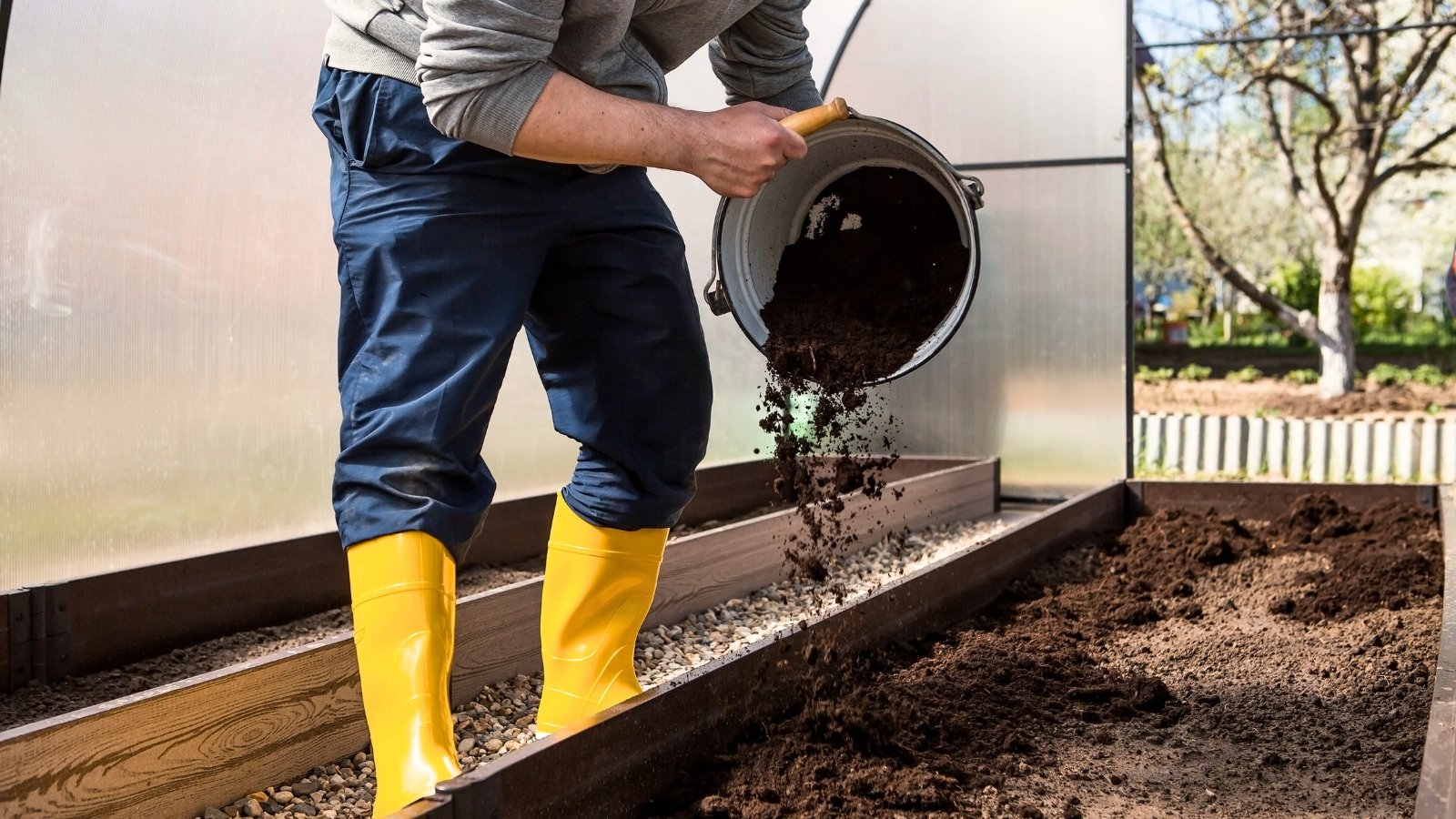

Raised beds and containers are comparable, as they every include gardening in soil above the underside. This allows for easy amending, longer rising seasons, and simple cultivation. These vessels work correctly for rising crops, herbs, and flowering annuals.
Perlite and sand help improve drainage ranges shortly in containers, though they’re a lot much less environment friendly in large areas like raised beds. Soil amending takes time in large areas, so persistence is important to success. It normally requires totally different provides aside from perlite and sand, like compost, leaf mildew, or worm castings.
In-Flooring Beds
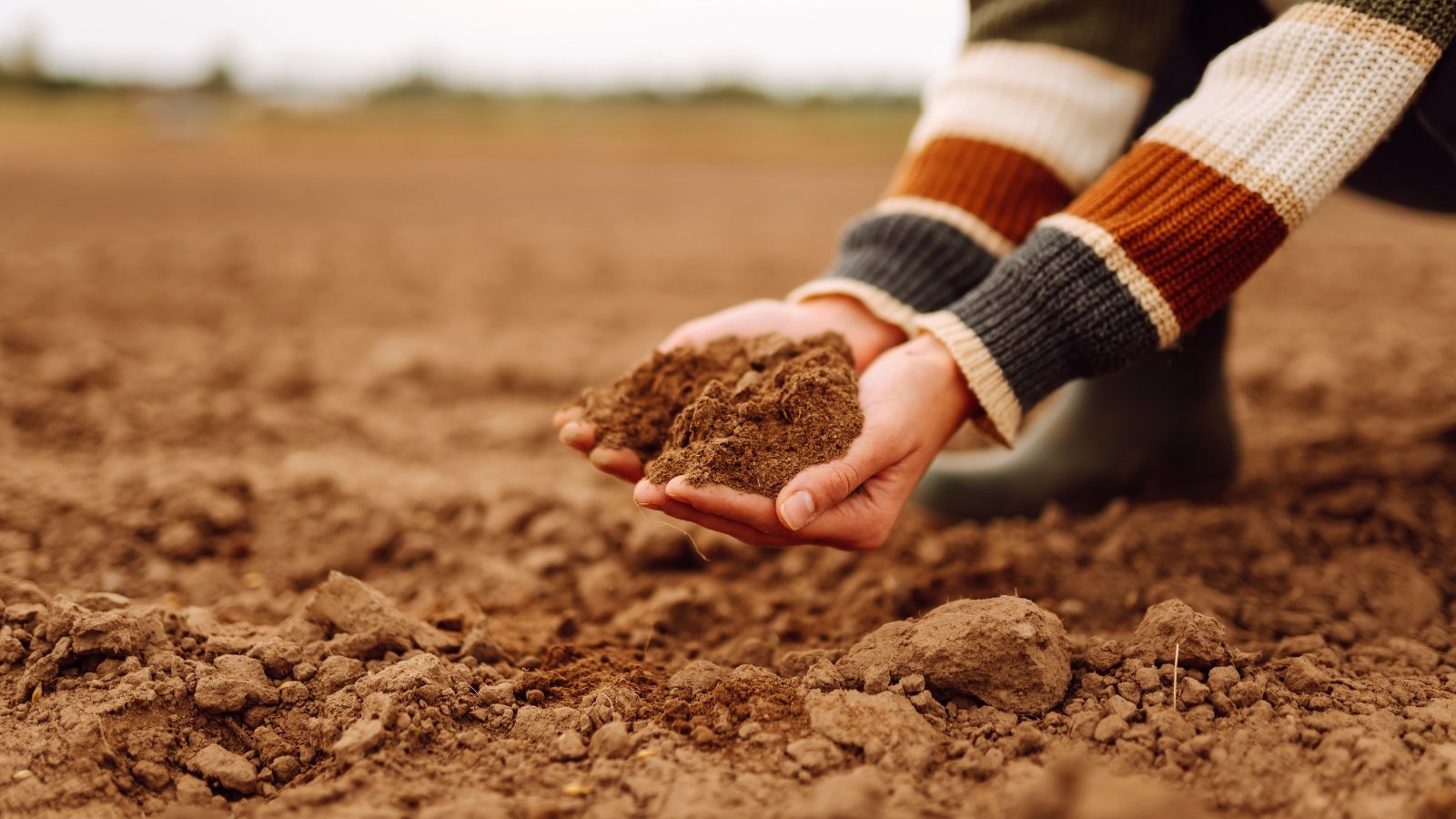

In-ground beds are like raised beds nevertheless with out elevation. They’re stage with the underside and wonderful for rising crops and herbs. Amending them may present troublesome, as a result of the larger they’re, the additional provides they require.
Together with sand to in-ground beds is best must you plan on rising cacti, succulents, or totally different sand-loving vegetation. They like rising in gritty soil and wish further sand than clay or silt. While you’re rising crops, herbs, or wildflowers, you may want to stay away from together with sand in favor of various pure amendments that improve drainage.
Horticultural sand and perlite help improve drainage throughout the transient time interval, though they normally lose effectiveness as time passes. Clay and loam mix with the drainage particles, and large clumps variety as soon as extra. They work correctly for containers, seedlings, and small beds, nevertheless not for big areas.
So, what’s the reply? For raised and in-ground beds, together with compost or leaf mildew is true. Keep learning to be taught the way in which these two amendments improve your yard’s effectivity.
Completely different Provides to Improve Soil Drainage
Considerably than immediately altering the usual of a rising medium, pure amendments like compost and leaf mildew work slowly and successfully. They improve drainage, fertility, and porosity in current soils. Add them weeks or months sooner than planting, and in addition you’ll have free, free-draining filth good in your crops.
Compost
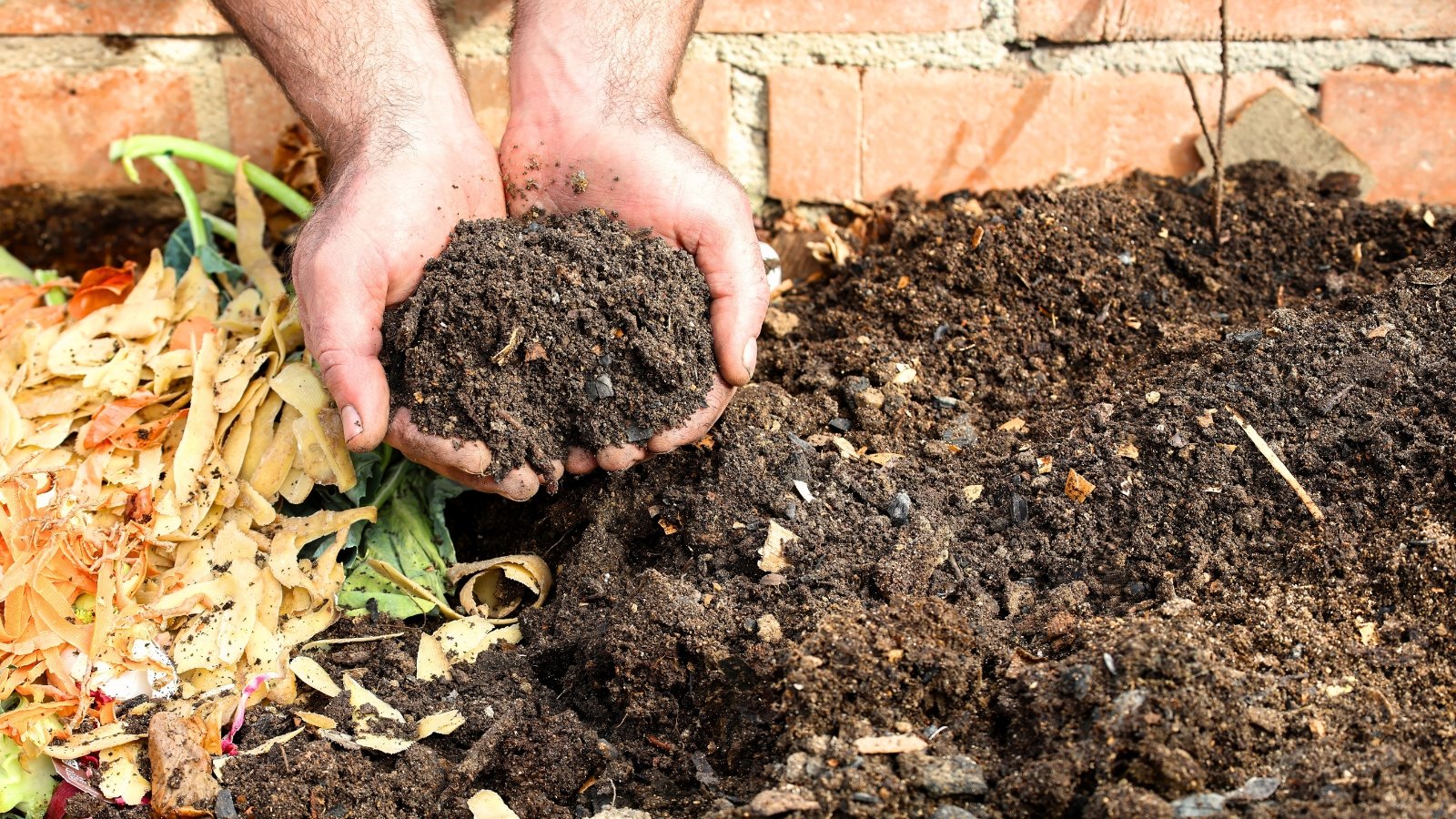

Compost is the best soil modification! It has a load of benefits like feeding vegetation, fueling soil microbes, and serving to delicate plant roots. Nevertheless what’s compost? It’s completely decomposed pure matter. Leaves, kitchen scraps, and paper merchandise mix to create a pile. Worms, larvae, fungi, micro organism, and archaea work collectively to eat the rotting waste and swap it into crumbly black humus.
Compost is best for serving to drainage, fertility, and porosity. Apply a two to three-inch thick layer of the stuff twice a 12 months to take care of beds happy and healthful. It actually works correctly for feeding nutritional vitamins to greens, fruits, and herbs.
Leaf Mildew
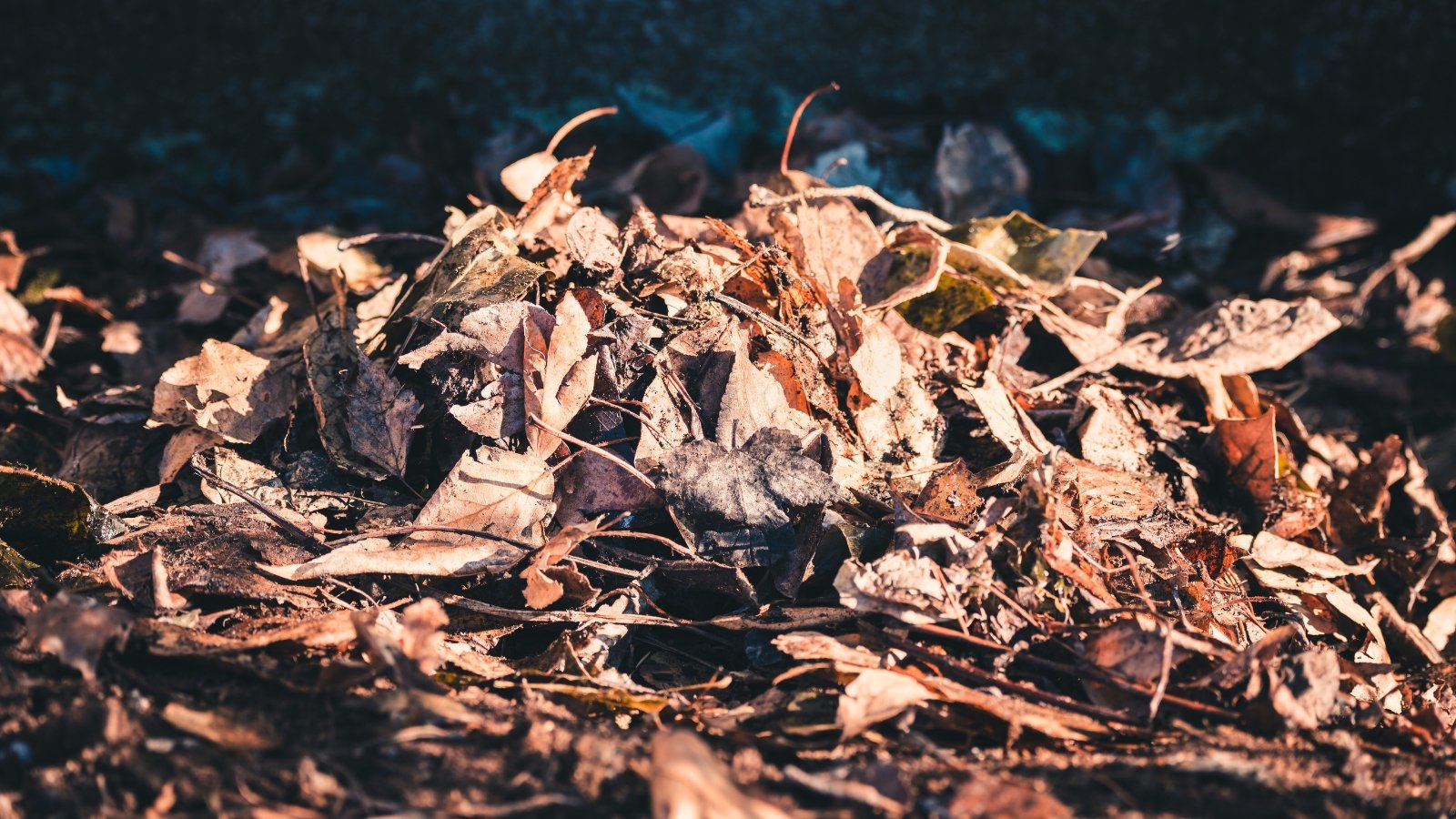

Leaf mildew is like compost, apart from it consists solely of leaves! The leaves decompose proper right into a crumbly modification that mirrors compost in building, fertility, and absorbency. Though compost is rich in nitrogen and carbon, leaf mildew has further carbon and is larger for woody bushes and shrubs.
Add leaf mildew as you do compost. Unfold a two to three-inch thick layer spherical current vegetation and on new beds. Gently rake it to incorporate it into the filth, then water correctly. Plant straight into leaf mildew after it’s sat for two to three weeks.
Repeatedly Requested Questions
Perlite and sand are two widespread horticultural provides for rising drainage in potting mixes. Among the finest sand for vegetation is horticultural sand, though builders or play sand works in a pinch.
Though perlite and sand help improve drainage, they each have explicit capabilities the place they work best. Use perlite for houseplants, container veggies, and seed starting. Use sand for cacti, succulents, and shrubs that reside in dry conditions.
Sand will enhance how briskly nutritional vitamins and water drain from the soil, whereas perlite traps air whereas moreover allowing water to circulation freely. Use sand for vegetation that need little nutritional vitamins and water. Use perlite for various species, mixing it correctly with totally different soil components to create the proper mix.
[ad_2]
Provide hyperlink
